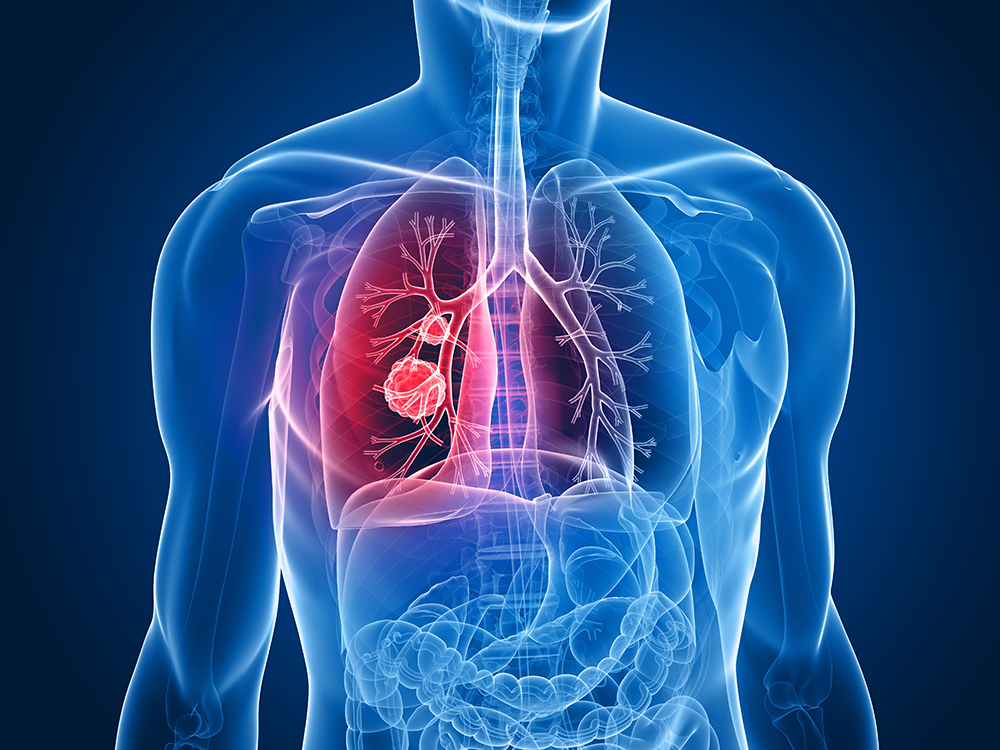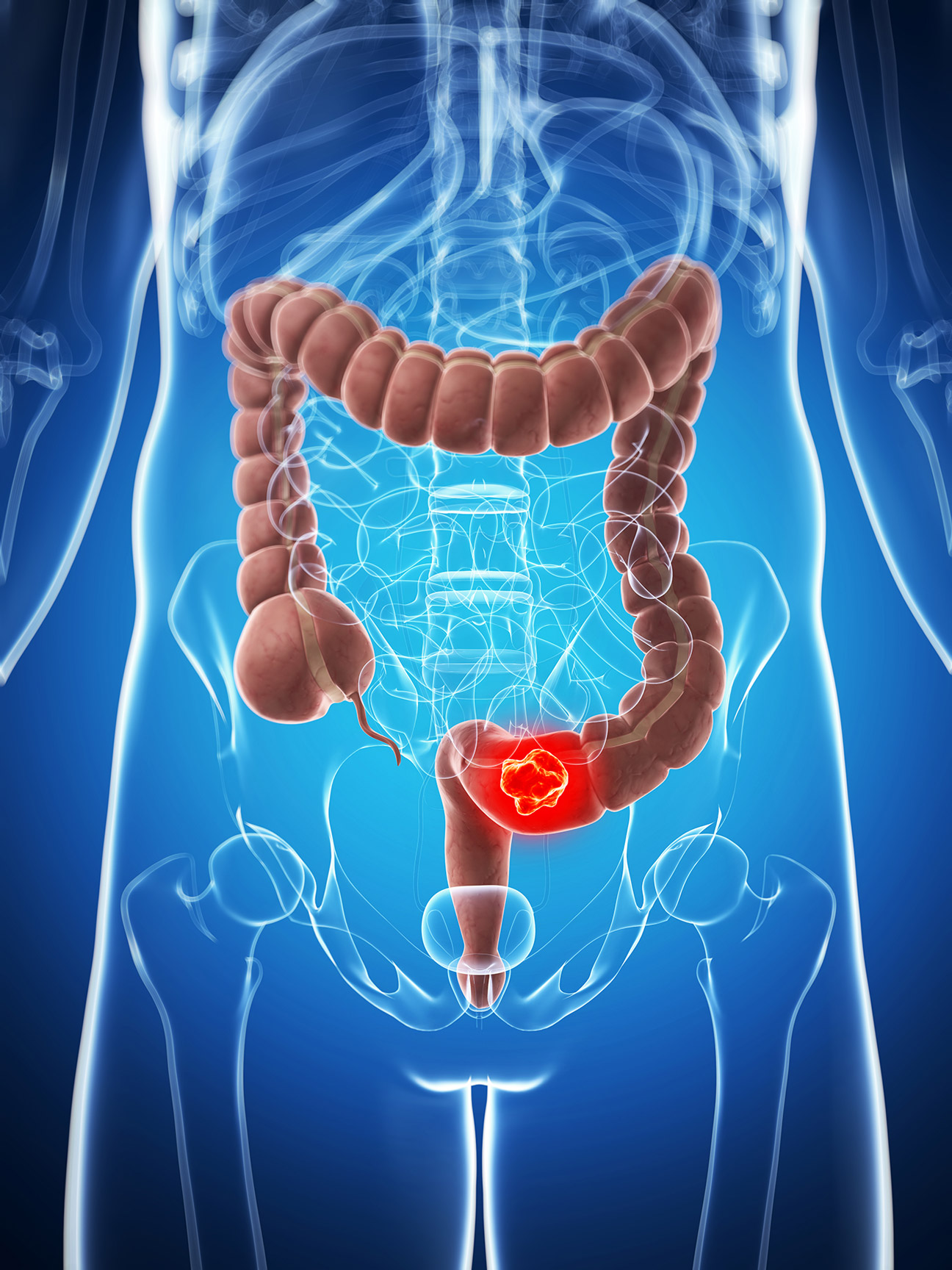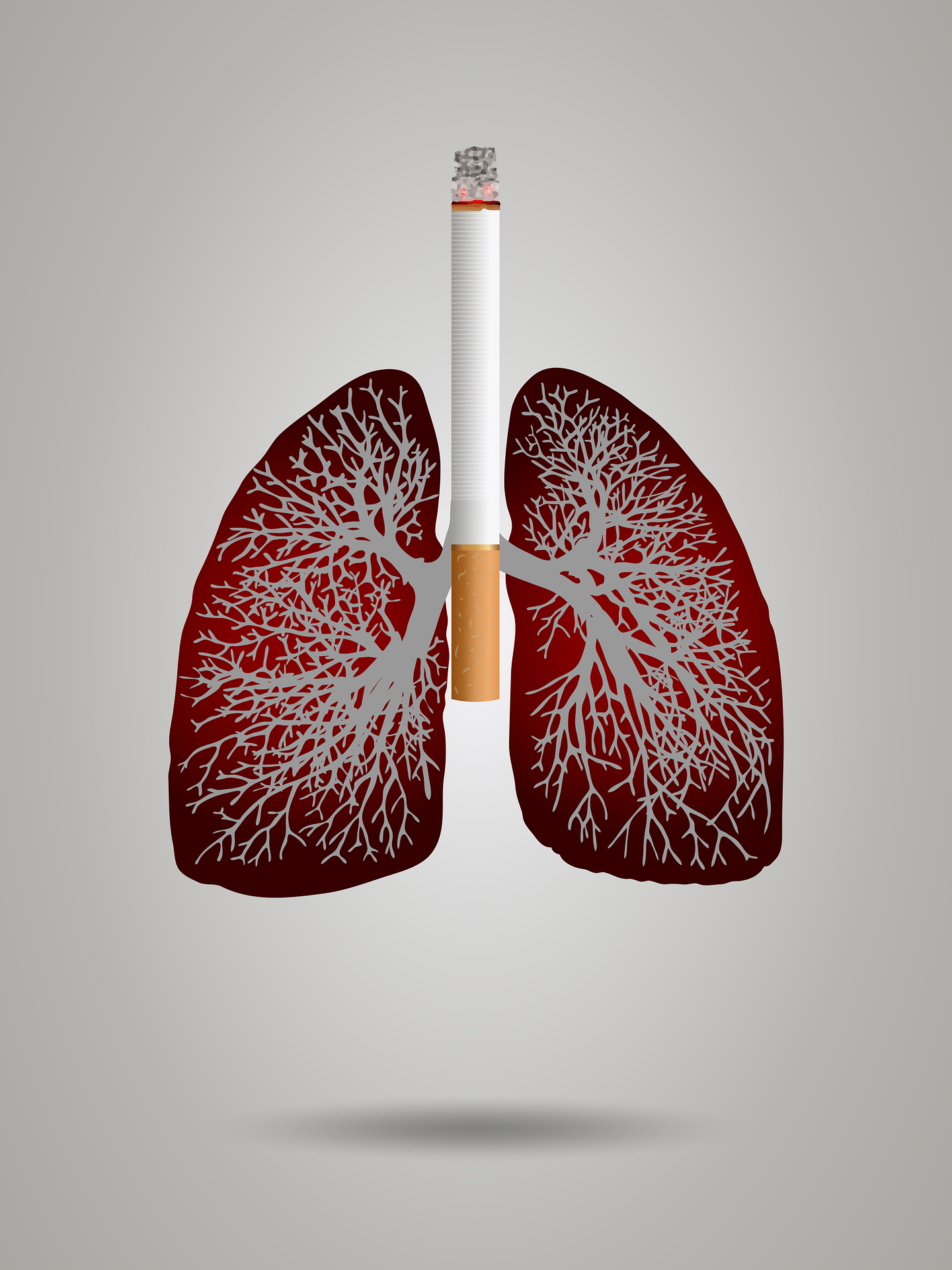Lung cancer
epidemiology and risk factors
Globally, lung cancer is the most common cancer and the leading cause of cancer death in men. It is the third most common cancer and the second leading cause of cancer death (after breast cancer) in women (more info here). In Serbia, 6.000 people are diagnosed with lung cancer annually while more than 4.500 people die of this disease. Lung cancer is the most frequent cancer (21.3%) and the leading cause of cancer related deaths (31.3%) among men in Serbia. It is the third (8.1%) most frequent cancer and major cause of cancer related deaths (12.1%) among Serbian women. (more info here)
Smoking is a known major risk factor for lung cancer. The risk of lung cancer for smokers is estimated to be even 20 times higher than for non-smokers. Second hand smoke or environmental tobacco smoke can increase the risk of developing lung cancer. Second hand smoke is believed to cause more than 7,000 deaths from lung cancer each year. Exposure to radon and other carcinogens such as asbestos, arsenic, beryllium, cadmium, silica increases the risks for lung cancer. Family history of lung cancer especially in first degree relatives (parents, brothers, sisters, and children) may increase risk this disease, especially if the relative was diagnosed at a younger age. It’s still not clear how much of this risk might be due to genetic factors and how much might be from shared household exposures. Additional risk factors are associated with disease caused by HIV or chlamydia pneumoniae. Radiation therapy and other chest exposures might increase lung cancer risk.



